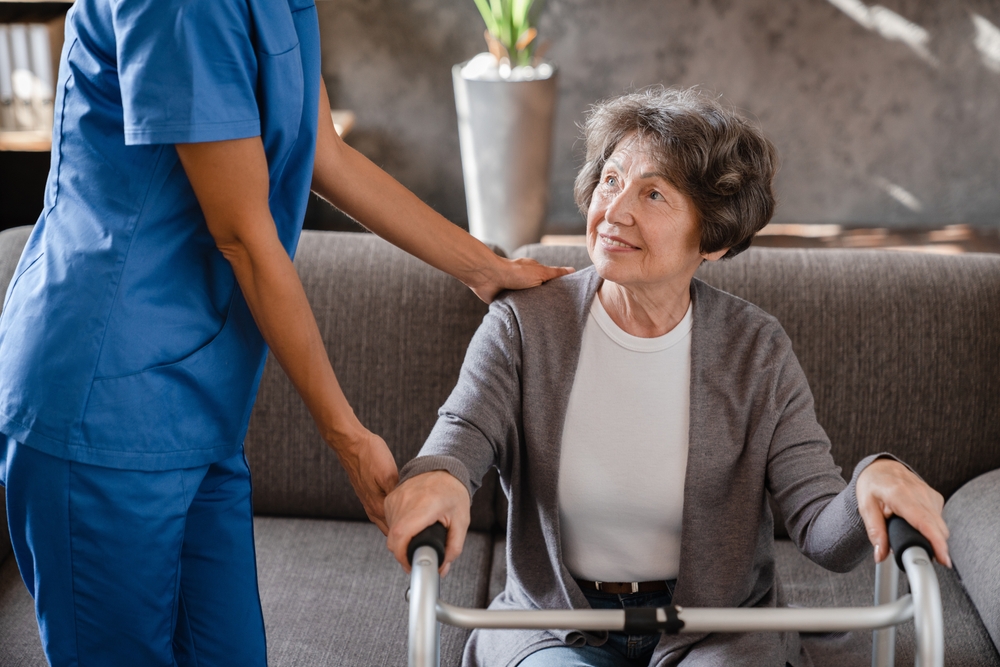How to Create a Safe Home Environment for Seniors and Individuals with Disabilities

Ensuring a safe home environment for seniors and individuals with disabilities is essential to their well-being and independence. As people age or face mobility challenges, their ability to navigate their living spaces safely can become compromised. Adapting the home to meet their needs can significantly reduce risks and enhance their comfort. Understanding the necessary modifications, selecting appropriate mobility aids, and implementing practical safety measures will help create a secure and functional space for loved ones.
Understanding Common Home Hazards
Aging and mobility challenges can make everyday tasks more difficult and increase the risk of falls, injuries, and accidents. Recognizing potential hazards in the home is the first step in preventing these risks. Slippery floors, poor lighting, loose rugs, and cluttered walkways are some of the most common issues that can cause falls. Stairs can become a significant challenge, especially for individuals with limited mobility, and the bathroom poses additional risks due to wet surfaces. Electrical cords, unsteady furniture, and lack of handrails further contribute to potential dangers. Identifying these hazards and addressing them systematically is crucial when modifying a home for elderly parents or individuals with disabilities.
Essential Modifications for a Safer Home
Making necessary adjustments can greatly improve the safety and accessibility of a home. One of the most critical home safety tips for seniors is to ensure that flooring is slip-resistant. Replacing loose rugs with secure carpeting or non-slip mats can prevent falls. Improving lighting throughout the home, especially in hallways and staircases, can reduce the chances of tripping over unseen obstacles. Installing grab bars and handrails in key areas, such as the bathroom and near stairs, provides much-needed support.
For those with mobility impairments, widening doorways and rearranging furniture to allow for easier navigation can make a significant difference. Ramps can replace steps at entrances, making it easier for wheelchair users and those who use walkers to enter and exit the home. Adjustable countertops and accessible kitchen appliances can also help individuals maintain their independence when cooking and performing daily tasks. Smart home technology, including voice-activated lights and security systems, can further enhance safety by minimizing the need for physical movement in potentially hazardous areas.
Choosing the Best Mobility Aids for Seniors at Home
The right mobility aids can dramatically improve the quality of life for seniors and individuals with disabilities. Walkers and rollators provide extra stability when moving around, while canes offer support for those who need slight assistance. For individuals who require more substantial support, wheelchairs and motorized scooters allow for greater freedom of movement within and outside the home.
Stair lifts and platform lifts are particularly beneficial for homes with multiple levels, as they enable individuals to access upper floors safely without the risk of falling. Bed rails and lift chairs can assist with transitioning from lying down to standing up, reducing strain on both the individual and their caregivers. Shower chairs and raised toilet seats help enhance bathroom safety by providing additional support while bathing or using the toilet. Selecting the best mobility aids for seniors at home requires an understanding of the individual’s specific needs, level of mobility, and personal preferences.
Creating an Emergency Preparedness Plan
Having an emergency plan in place is an essential aspect of home safety for seniors and individuals with disabilities. In case of a fire, medical emergency, or natural disaster, knowing what steps to take can prevent serious injuries and save lives. Emergency contact numbers should be easily accessible, either programmed into a phone or displayed in a visible location. Medical alert systems, which allow users to call for help at the push of a button, provide additional security for those living alone or with limited mobility.
Ensuring that all pathways to exits are clear and accessible is critical in case of evacuation. Smoke detectors and carbon monoxide alarms should be installed and tested regularly to prevent exposure to harmful fumes. Additionally, keeping a first-aid kit and essential medications in an easily reachable location can be lifesaving in an emergency. Caregivers and family members should discuss emergency procedures regularly to ensure that everyone involved knows how to respond effectively to unexpected situations.
Promoting a Safe and Comfortable Living Environment
Creating a safe home environment for seniors and individuals with disabilities is about more than just reducing hazards; it is about fostering a space where they can live with dignity and independence. Comfortable seating, proper ventilation, and temperature control contribute to overall well-being. Encouraging regular physical activity and engagement in social activities can help maintain both physical and mental health. A well-adapted home should support its residents in leading a fulfilling and secure life.
By following these home safety tips for seniors, making necessary modifications, and selecting the best mobility aids for seniors at home, families can ensure that their loved ones have a safe and supportive environment. Investing time and effort into adapting the home today will provide lasting benefits, enhancing safety, comfort, and peace of mind for years to come.
